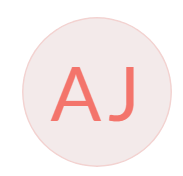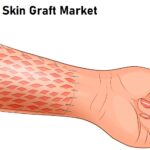In the realm of packaging, plastic and paper bags are not only functional but also serve as powerful canvases for creative expression. The printing industry employs a variety of techniques to bring these everyday items to life with vibrant designs, logos, and information. This article examines the processes, technologies, and artistic nuances that contribute to the visual appeal and functionality of these ubiquitous items.
1. Printing Plastic Bags in Bulk
Plastic bag printing methods vary based on the scale of production, with a common threshold set at 3,000 copies. For large print runs, the cost-effective approach employs a substantial web press. This process involves a tension-held roll of plastic consisting of two sheets.
Flexography, not offset lithography, emerges as the preferred commercial printing method. Flexo plates, bearing raised image areas, are affixed to press rollers, depositing ink onto the plastic substrate as it traverses through the web press. While flexography accommodates multiple colors, it falls slightly short of offset lithography in color register precision.
Upon completion of the press journey, the plastic sheet is rewound, and a post-printing step ensues. This involves cutting the plastic sheet at the top and bottom and fusing it with heat at these points, resulting in the creation of plastic bags.
2. Small-scale Plastic Bag Printing
In contrast, shorter print runs involve a manual platen press, as demonstrated in an Asian video featuring thicker plastic bags. This letterpress employs a round plate that descends onto the inked plate, pressing against the plastic bags. Notably slower and more labor-intensive than the web flexo press, this process prints one color at a time.
3. Screen Printing Innovation
The screen printing option, showcased in videos, features operators manually placing individual bags on a flat support structure akin to an ironing board. This stabilizes the bags as the metal screen descends, and ink is applied using a squeegee. While labor-intensive and suitable for shorter runs with few colors, this method provides a distinct approach compared to flexography.
4. Inkjet Technology on Plastic Bags
Inkjet printers find application in imprinting tracking numbers on plastic bags, presenting an alternative technological avenue distinct from traditional graphic printing.
5. Color Choices in Plastic Bag Printing
Most printers adhere to a limited palette of standard colors, with the option to mix a Pantone Matching System (PMS) color for an additional fee.
6. Printing on Paper Grocery Bags
Brown paper grocery bags, composed of a single, thick sheet of Kraft stock, are manually printed using custom screen printing equipment. Operators lay the bags individually on a platen, lowering the screen and applying ink with a squeegee.
7. Luxury Department Store Paper Bags
High-end department store bags, exemplified by iconic brands like Tiffany, employ diverse printing methods. Automated screen presses are used for simpler, single-color designs. Offset printing is first used for complex designs on flat press sheets, and then the sheets are die-cut, folded, and laminated into bags.
These specialized creations often feature additional elements such as rope or fabric handles, coatings, hot-stamp foils, and embossing effects, showcasing the expertise of commercial printing establishments.
Conclusion
The journey into the printing world of plastic and paper bags unveils a diverse range of techniques tailored to different production scales and design complexities. From the efficiency of flexography for high-volume plastic bag production to the artisanal approach of hand-printing luxury paper bags, each method contributes to the visual landscape of everyday items we often take for granted. As technology advances, new possibilities in bag printing continue to emerge, marrying functionality with aesthetic appeal.





